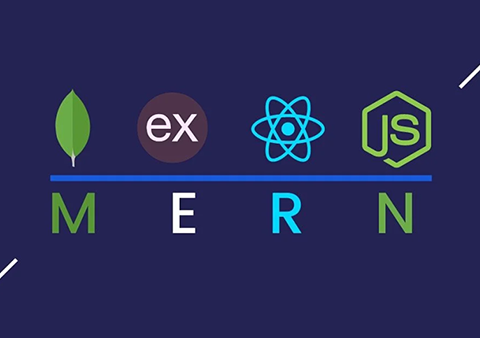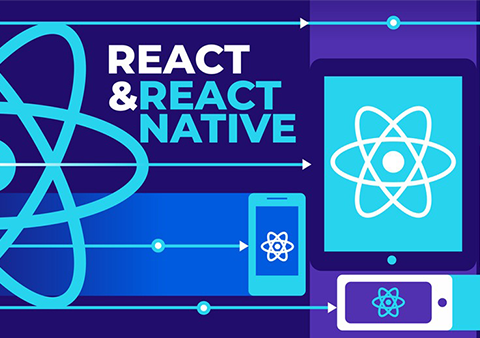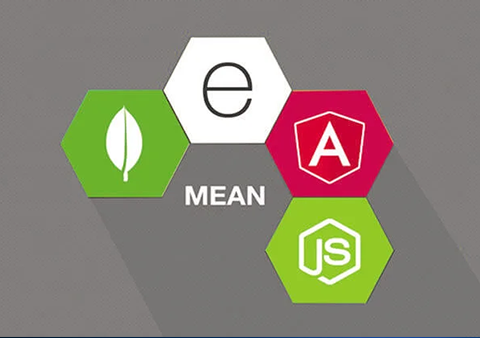Tricky Talks (or TWS Blog)
From Concepts to Code — Your Hub for Tech Growth and Discovery
Getting Started with Vibe Coding: LLM-Assisted Development
- Posted By: trickywebsolutions
-
 July 9, 2025
July 9, 2025

If you are someone who likes to go with the trends while coding, you must have heard of the term vibe coding. Many developers frequently use this term, and you must be wondering what is vibe coding. In this guide, we will help you understand what is vibe coding and vibe coding pros and cons.
What is Vibe Coding?
Meaning of vibe coding is nothing but it is a method of software development that depends mostly on AI capabilities to write code rather than writing it themselves. This approach has been recently introduced by the AI specialist Andrej Karpathy. It refers to a workflow where coders mainly depend on or we can say utilize NLP queries to command AI tools to write, improve, and debug code. This approach is designed to make the software development process easier as well as faster for all developers.
Basically, vibe coding is not here to make you lazy but to help save the precious time you spend on writing code for basic functionalities. With this approach, instead of spending hours, coding the same functionalities again and again, you can command the AI tools to do those basic tasks for you. All you have to do is give proper commands to your AI assistant on what specific functionalities you want in your app, and the software will generate the code for you that does the exact functionality. Not having to do repetitive tasks, helps you focus more on major problems.
Understanding the Vibe Coding Process
Vibe coding generally involves these stages in a continuous loop:
Plain language input: The user describes the intended task or feature using natural language (text or speech) with an AI code assistant. This serves as the initial input.
AI analysis: The AI processes the input, extracts key details, and outlines the appropriate code structure and logic.
Code creation: The AI produces code—ranging from functions and classes to full applications—based on its analysis.
Run and observe: The user executes the generated code to check if it behaves as expected.
Adjustments and feedback: If the code doesn’t perform correctly, the user gives feedback—either through casual instructions (e.g., “Make the text larger”) or by pasting error logs. The AI responds by revising the code.
Iteration: This loop of create → run → observe → adjust → fix continues until the desired result is achieved.
Vibe Coding LLM Tools Examples
There are several AI tools that help beginners as well as experienced developers write code. A few examples of vibe coding tools include:
Cursor – This is one of the first examples of vibe coding tools that help generate and autocomplete code using plain language prompts.
GitHub Copilot – An AI assistant combined with code editors that suggests code snippets and functions depending on the context.
Tabnine – An AI-driven code completion tool that predicts and suggests code as you type.
Replit Ghostwriter – An AI coding assistant embedded in the Replit IDE for instant code generation and debugging.
OpenAI Codex – A language model specialized in translating natural language instructions into functioning code.
Amazon CodeWhisperer – AI tool that provides code recommendations and security scans within the AWS development environment.
Kite – AI-based code completions and documentation lookup which can be easily combined into popular code editors.
To know more about the trending AI tools helping developers write efficient code you can visit our blog: AI-Powered Tools Every Developer Should Know About
Vibe Coding Pros and Cons
There are several benefits of vibe coding, especially for beginners, but along with the benefits, there are disadvantages as well. Below we have listed Vibe coding pros and cons:
Vibe Coding Pros:
Here are a few pros of vibe coding:
Inclusive Development
Accessible development is one of the key benefits of vibe coding. Vibe coding eliminates the necessity to be proficient in coding to enter the development process. People without proper programming knowledge can also enter this field and build our applications. However, it is not possible to develop a website with zero knowledge of coding but also you don’t have to be proficient in coding to create one.
Faster Coding
Another key benefits of vibe coding is that it speeds up the development process. Not having to generate the same code for the same functionality increases the speed of the development process and enables developers to deliver software applications faster than ever.
Boosted Efficiency
Automating routine tasks saves a lot of time for developers, allowing them to solve more complex issues and focus deeper on system design. This helps reduce time spent as well as makes the development process more efficient.
Fewer Bugs
Trained on large codebases, AI models can produce code that’s potentially more accurate and stable, minimizing errors and reducing the need for heavy debugging and testing processes.
Vibe Coding Cons
Here are a few cons of vibe coding:
Risks to Code Accuracy
AI code may look good but can have latent bugs, inefficiencies, or logical flaws. Unless checked in detail, this can lead to insecure or unreliable applications. Vibe coding may not be well-suited for distributed apps, as these systems demand a well-defined architecture and advanced optimization techniques.
Maintenance Challenges
Heavy reliance on AI without having complete insight into the code can complicate and take longer for bug fixing and maintenance in the long run. It can lead to difficulties in understanding how the code works when developers need to update or change it.
Skill Degradation Risk
Over-dependence on AI can degrade fundamental coding skills and restrict deep technical knowledge, making it more difficult to address complicated or unknown problems.
Security Risks
Code written by AI has the potential to inject vulnerabilities if not developed with security in mind or thoroughly checked. Without the guidance of experts, these vulnerabilities can be taken advantage of by attackers.
Responsibility Concerns
Counting on code without completely comprehending it can obscure responsibility—especially in mission-critical or business-critical systems where errors have severe outcomes.
Technical complexity
While vibe coding works well with standard frameworks, it becomes difficult to apply in real-world scenarios where the technical demands are unique or highly complex.











